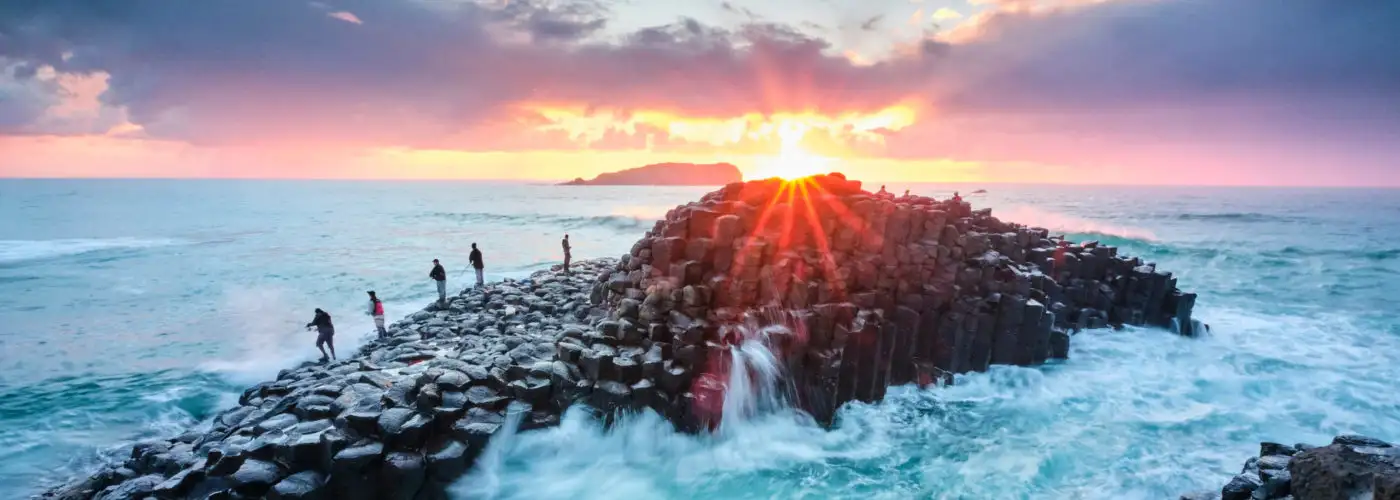With its endlessly green hills, dramatic cliffs, infectious music, and welcoming good nature, Ireland’s beauty makes it hard to beat as a vacation destination. Get off the typical tourist track and discover Ireland’s most scenic spots.
Dingle Peninsula
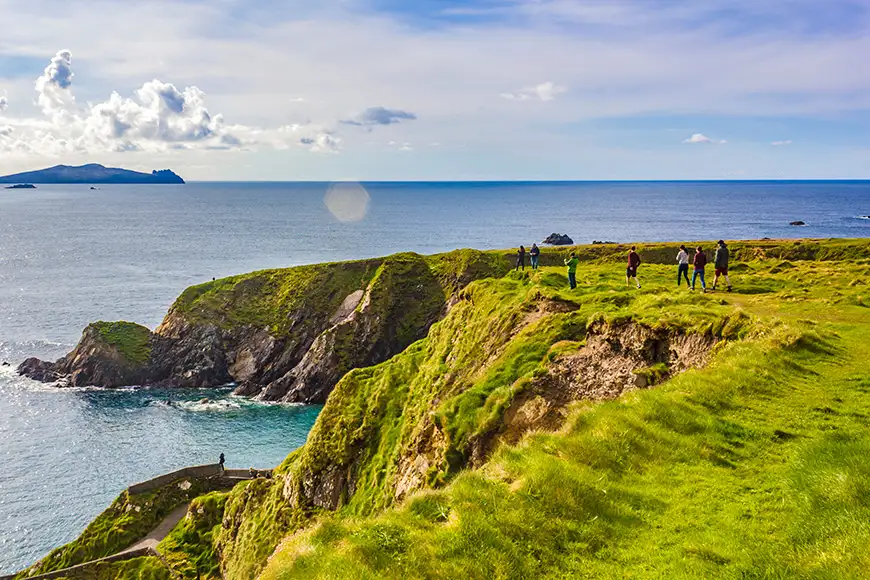
Consistently voted one of the most beautiful places on earth, the Dingle Peninsula wins the hearts of so many with its lush landscape, which includes narrow cliff-side roads, mountain ranges, and sandy beaches. Jutting 30 miles into the Atlantic Ocean from Ireland’s southwest coast, the peninsula offers unmatched sightseeing, surfing, swimming, and walking trails. The small market town and fishing port of Dingle provides a great place to listen to live music, grab a pint, and rest your head for the evening.
Mussenden Temple and Downhill Demesne
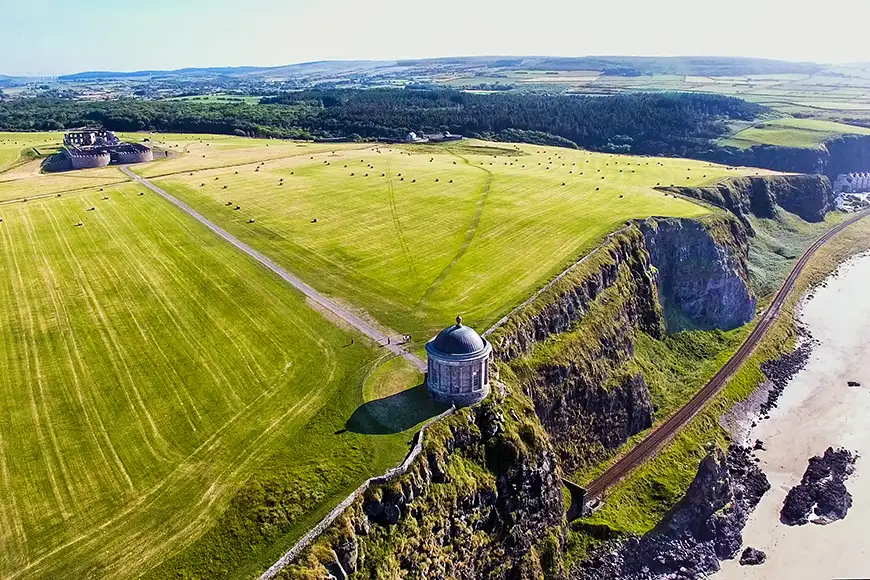
Located in Downhill Demesne near Castlerock, the Mussenden Temple is precipitously perched atop a 120-foot cliff edge overlooking the Atlantic Ocean. Originally built in 1785 as a summer library, the temple forms part of the estate of Frederick Augustus Hervey, Bishop of Derry and Earl of Bristol, and its dramatic setting offers unparalleled views of the surrounding area. Visitors are welcome to explore the 18th-century ruins of the mansion, take a cliff-side walk, stroll along the gardens, or learn about 17th-century life in one of Northern Ireland’s oldest surviving buildings, the Hezlett House.
Giant’s Causeway
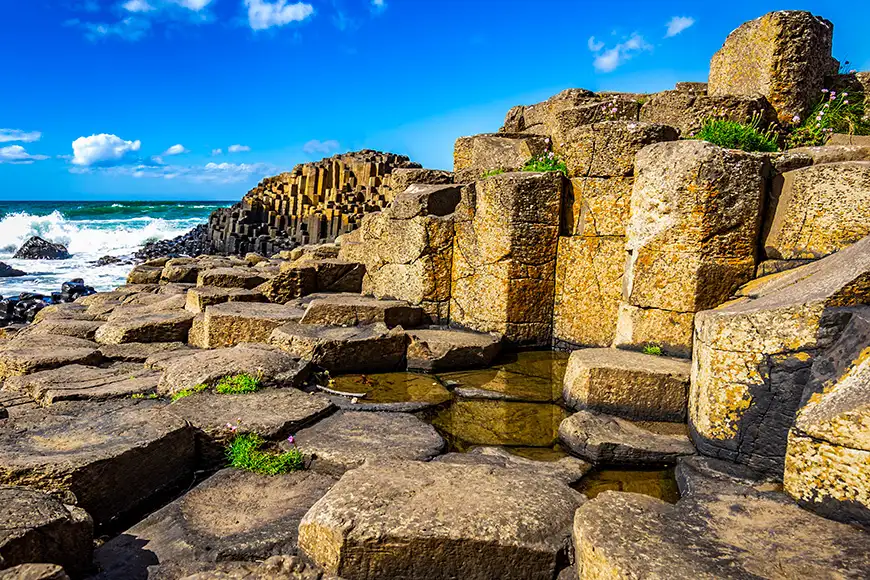
The only World Heritage Site in Northern Ireland, the Giant’s Causeway is one of the world’s truly must-see destinations. Once said to have been built by giants, the 40,000 or so hexagonal columns were actually formed by volcanic eruptions. The legends that surround this area run deep, however, and visitors may get swept up in the myths of massive men and shipwrecks—Girona of the Spanish Armada foundered here in 1588—by walking among the stones.
The Burren
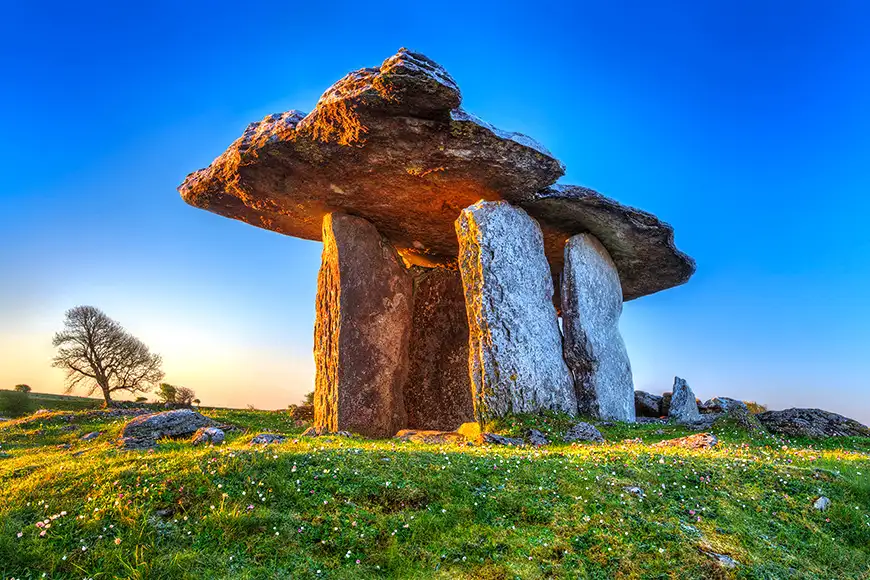
Located in County Clare, the Burren is an explorers dream, featuring more than 100 square miles of natural limestone and offering ancient stone structures, grassy fields, caves, and jagged countryside. Among the top sites to see while visiting are the Poulnabrone Portal Dolmen, an ancient stone tomb dating between 2,000 and 2,500 B.C.E.; Leamaneh Castle, with its 15th-century residential tower and 17th-century fortified home; and Caherconnell Stone Fort, a nearly perfectly preserved structure dating back between 400 and 1200 C.E.
Glendalough
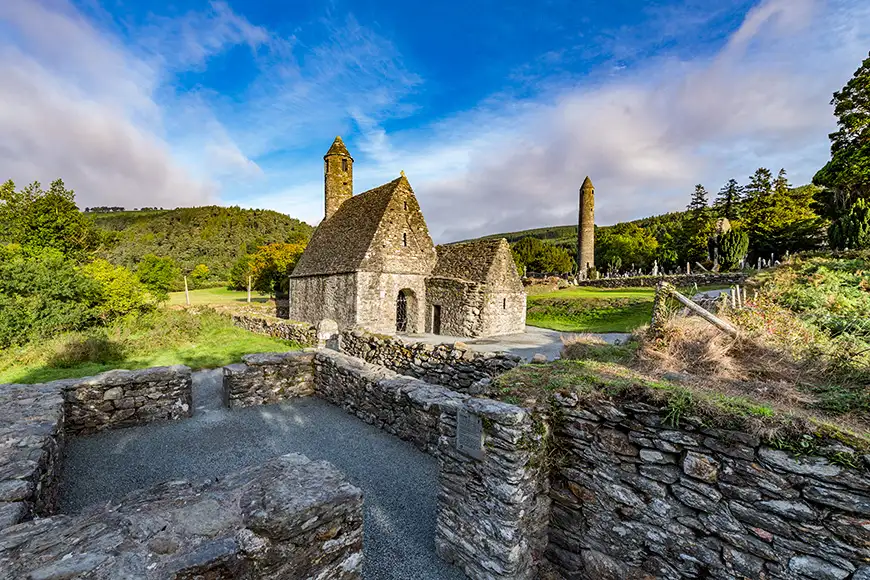
About an hour south of Dublin, Glendalough, or Valley of the Two Lakes, houses the ruins of what was once one of the leading monastic settlements in Ireland. A hermit monk named Saint Kevin founded the monastery before his death in about 618. The settlement flourished for the next 600 years. Today, visitors can explore stone structures, churches, a cathedral, a round tower, and a cemetery.
Cliffs of Moher
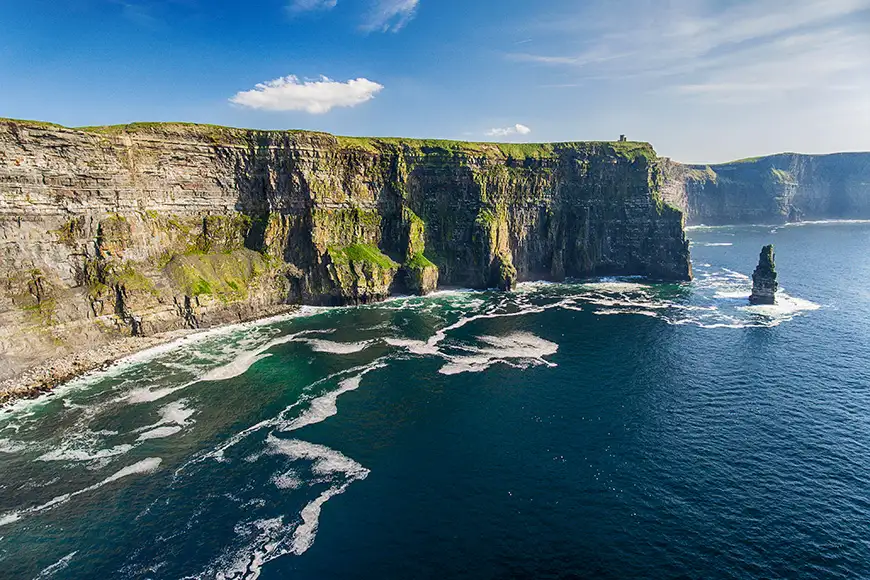
One of the most photographed places in Ireland, the Cliffs of Moher ascend more than 700 feet above the water and cover nearly five miles. The dramatic cliffs are home to several species of sea birds, including the only mainland colony of Atlantic Puffins, Razorbills, and Choughs. Visitors are welcome to climb the stairs leading to O’Brien’s Tower, which provides panoramic views. On a clear day, you may even catch a glimpse of the Aran Islands.
Ring of Kerry
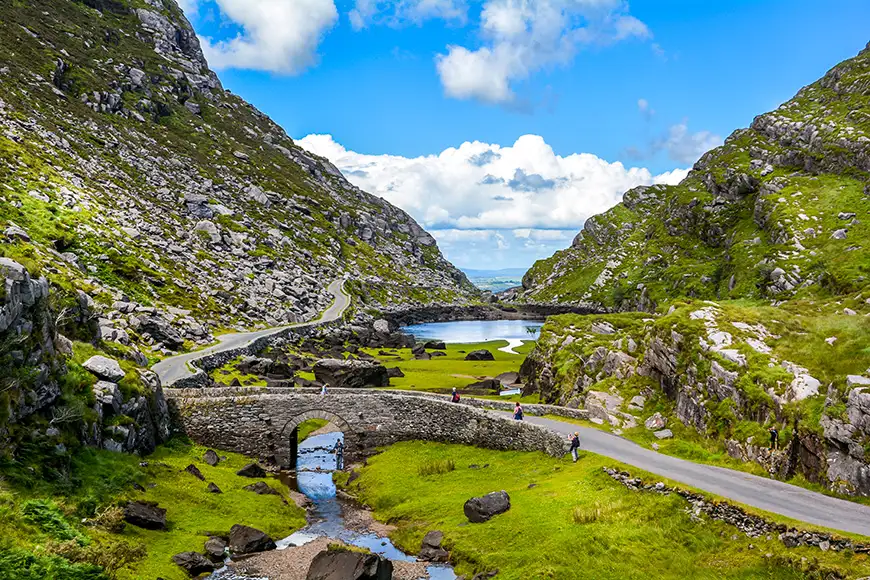
Medieval ruins, sandy beaches, lakes, mountains, a lush forest, and a jagged coastline all call the Ring of Kerry home. Part of the Iveragh Peninsula, it’s 110 miles of pure beauty. The drive takes place in County Kerry in southwestern Ireland, and begins and ends in the town of Killarney, which makes a good base camp for a trip. It’s easy to travel the circuit in one day, but seeing some of the sites off the beaten path, such as Valentia Island and the Gaeltacht area around Portmagee, requires a bit more time.
Aran Islands
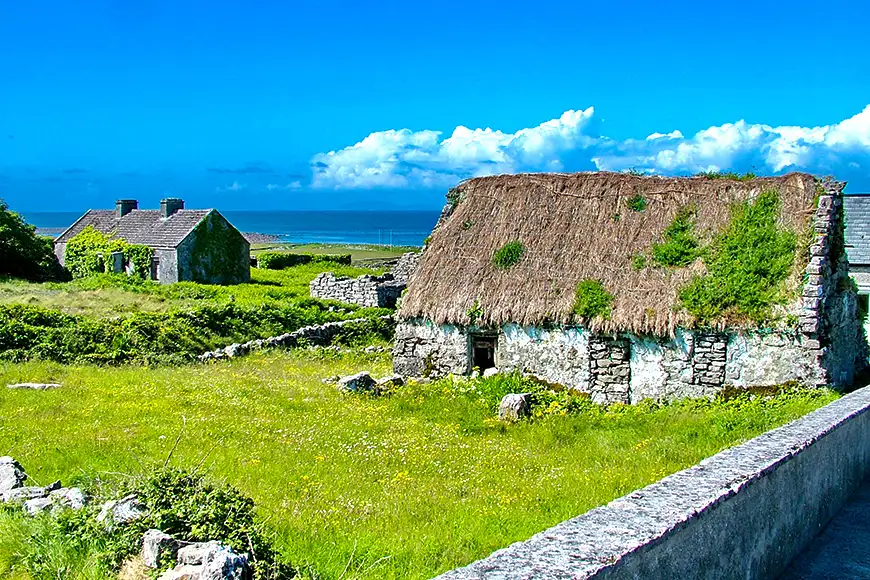
Located in Galway Bay, the three Aran Islands provide a perfect glimpse into some enduring Irish traditions—Gaelic is still spoken and most people get around by horse and buggy or bike. The largest of the three islands, Inis Mor, is the most well-known and offers the greatest amount of modern-day conveniences. Inis Meáin, or the middle island, is the least visited and clings proudly to its Irish cultural tradition. On a clear day, Inis Oírr, or the East Island, provides unparalleled views of the Cliffs of Moher.
Skellig Michael
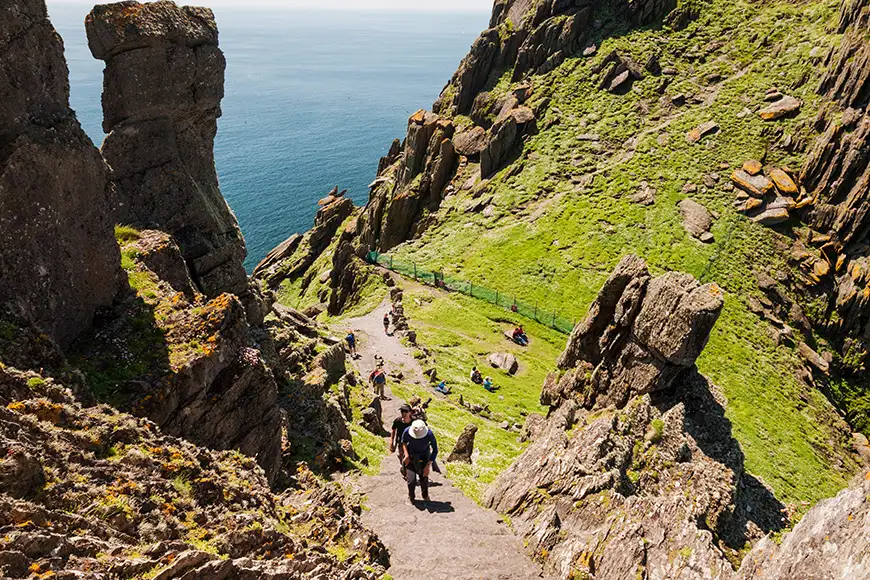
Just eight miles off the coast of Portmagee and towering more than 700 feet above the water, you will find the UNESCO World Heritage Site of Skellig Michael, which houses a well-preserved sixth century monastic settlement. Visitors are welcome to walk in the footsteps of the monks who once inhabited this island by climbing the 670 steps leading to the now abandoned beehive-shaped huts. Puffins make the island their home in the late spring, while gannets consume every ledge on the nearby Little Skellig.
Cobh
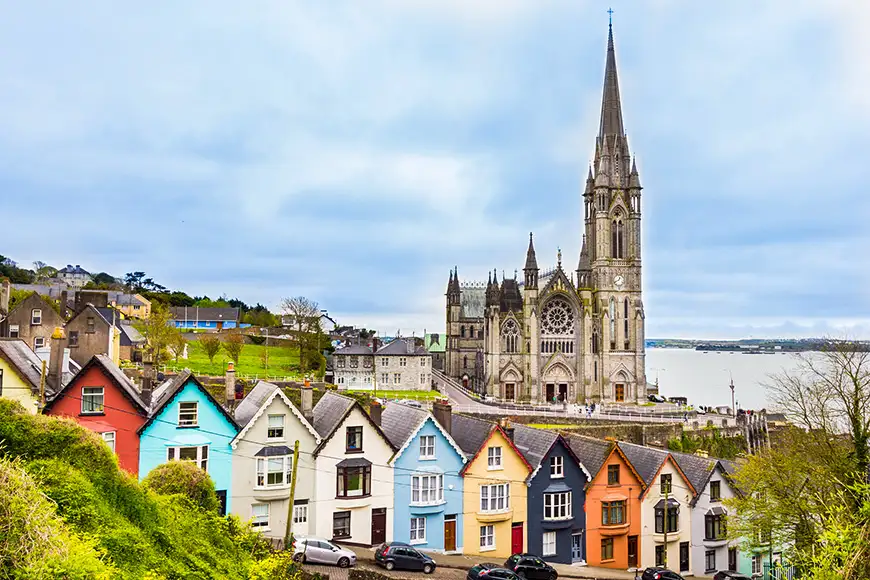
Once briefly named “Queenstown” in honor of a visit from Queen Victoria in 1849, Cobh reverted to its original name in 1921. Located on the Great Island in Cork Harbor, the town’s streets climb a hill crowned by a cathedral overlooking the water. As the embarkation point, including the Titanic’s last port of call, to America, Cobh was the last glimpse of Ireland for many people.
Some of the links featured in this story are affiliate links, and SmarterTravel may collect a commission (at no cost to you) if you shop through them. As an Amazon Associate, we earn from qualifying purchases.
You Might Also Like:
• 11 Amazing Solo Vacations to Take in 2024• 5 Incredible Mother-Daughter Trips You’ll Always Treasure
• 8 Amazing Train Rides in the USA
• The 8 Best Father’s Day Gifts for Travelers
• 5 Exotic Places Where You Don’t Need a Passport
We hand-pick everything we recommend and select items through testing and reviews. Some products are sent to us free of charge with no incentive to offer a favorable review. We offer our unbiased opinions and do not accept compensation to review products. All items are in stock and prices are accurate at the time of publication. If you buy something through our links, we may earn a commission.
Related
Top Fares From
Today's Top Travel Deals
Brought to you by ShermansTravel
Porto to Lisbon: 7-Nt, Small-Group Portugal...
Indus Travels
 vacation
$1899+
vacation
$1899+
Greenland: Luxe, All-Incl. 11-Nt Exploration Small-Ship...
Swan Hellenic



Ohio: Daily Car Rentals from Cincinnati
85OFF.com


